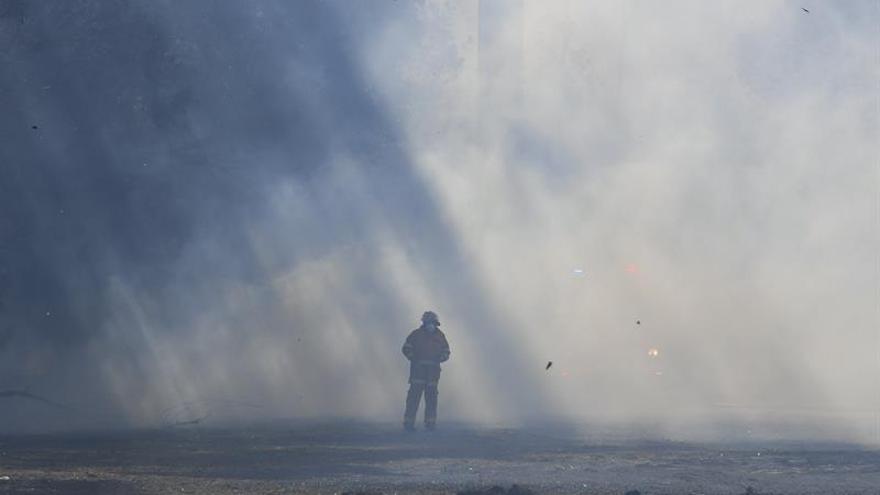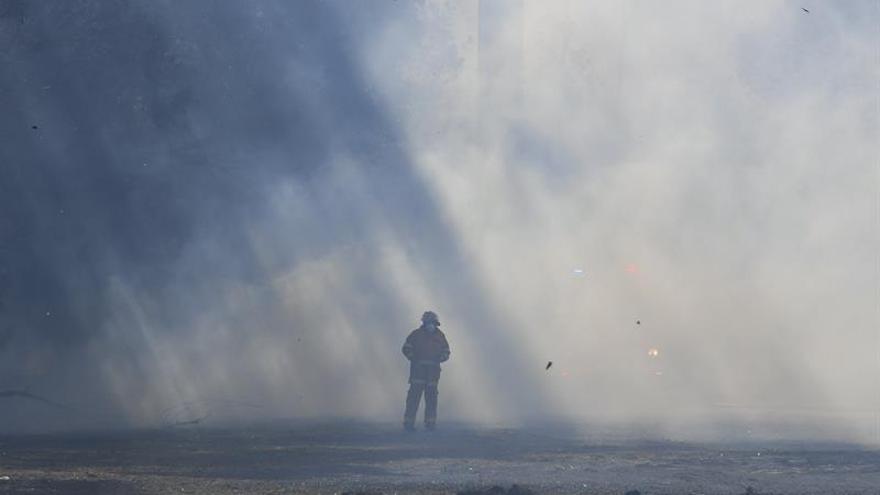Australia overcomes a critical day and faces new "mega-fire"


Australia takes advantage this Saturday of a decrease in temperatures in the southeast of the country to control more than a hundred fires burning in that area, after a day of intense heat and strong winds that caused the melting of several fires.
On Friday night, three outbreaks joined together to create a "mega-fire" in the mountainous region of Snowy Mountains, on the border between the state of Victoria and New South Wales (NSW), which is more than 6,000 kilometers long. squares.
This second gigantic fire - after Gospers Mountain, which burns west of Sydney and has burned an area equivalent to seven times that occupied by Singapore - worries the authorities, as well as the possibility of the merger of other fires, despite the fall of some rains that seem insufficient to placate them.
"We hope that thunderstorms, dry storms and lightning will not cause new fires," NSW Rural Fire Service Chief Shane Fitzsimmons said Saturday at a news conference in Sydney.
Meanwhile, Victoria's Emergency Services Minister, Lisa Neville, explained that it has rained in some areas affected by fires, such as East Gippsland, but the danger now is the possibility of thunderstorms causing floods and endangering to firefighters and emergency service workers.
ALMOST A WEEK OF TREGUA
After several episodes of catastrophic fires that Australia has experienced since last September, the most serious of which occurred on New Year's Eve, the Australian authorities announced on Saturday relieved that although the fires have destroyed some properties apparently no one would have died from the advance of the flames
In the next seven days a colder climate is forecast while some 2,800 firefighters will be dedicated to building containment lines.
"Apparently we have at least one week. It will probably be the best seven days we will have without raising the fire danger ranking," said the head of the NSW Rural Fire Service.
Since last September, the fires have swept an area of more than 80,000 square kilometers, which is larger than the one occupied by Ireland or Panama, has left 26 dead and it is estimated that up to one billion wild animals could have died.
The fires have emitted some 349 million tons of carbon dioxide into the atmosphere in the last four months, according to data from the Journalists for the Planet platform, which compares the figure with the 532 million tons of total annual emissions spilled by the country in 2018.










